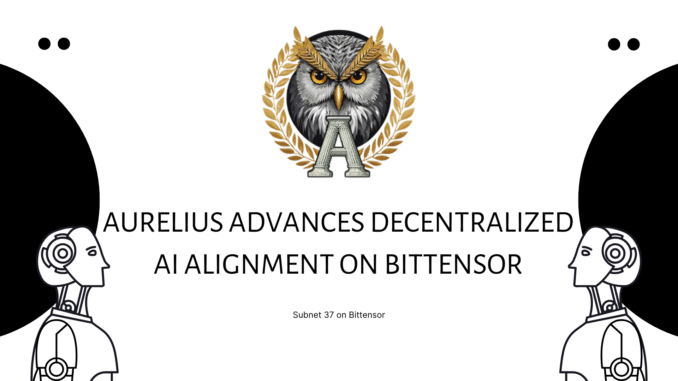
Artificial intelligence is becoming more powerful every day, but with that power comes risk. Misaligned AI can hallucinate false information, behave unpredictably, or produce outputs that are harmful or biased. Today, even state-of-the-art models can be tricked into dangerous behavior: chatbots have fabricated legal cases that were submitted in court filings, distorted historical images, and a simple prompt convinced them to role-play harmful personas.

These incidents are not isolated quirks—they show that alignment failures are systemic and can multiply when AI is deployed in healthcare, finance, or defense.
Introducing Aurelius, Subnet 37 on Bittensor, a decentralized infrastructure aimed at making AI alignment that is transparent, adversarial, and verifiable. This turns scattered misalignment failures into structured, reproducible datasets, paving the way for a foundation that ensures AI reliably serves humanity.
What is Aurelius?
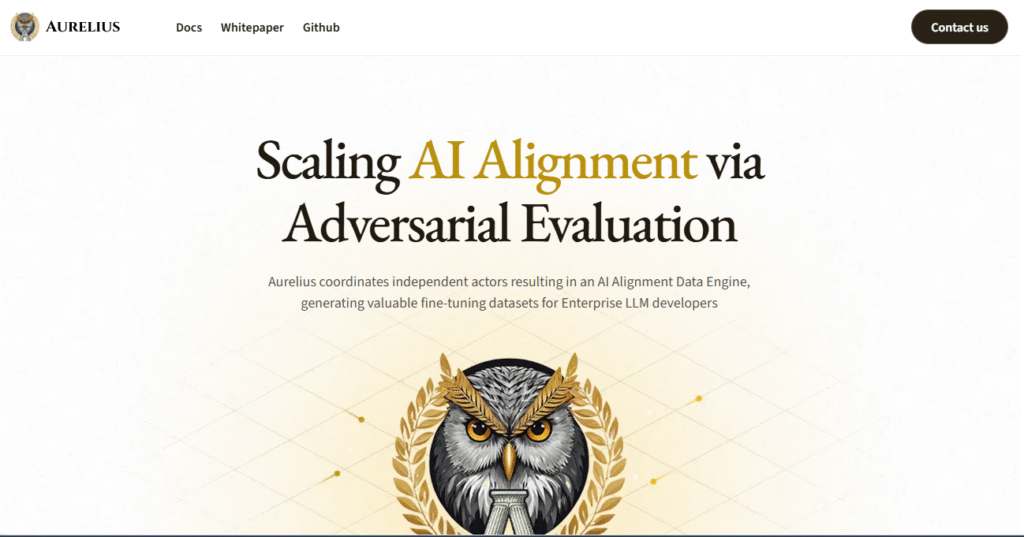
Aurelius is a decentralized AI alignment protocol designed to tackle one of the most urgent challenges of our time: ensuring advanced AI systems act safely and reliably. It leverages blockchain to avoid biased outputs, LLMs from hallucinating, and manipulation.
Without alignment, AI models—even the most advanced—can fail in ways that are unpredictable and dangerous. Aurelius is grounded on Bittensor to spot and eliminate these failures before they scale, providing a structured approach to AI safety that doesn’t rely on centralized control.
How Aurelius Works

Aurelius runs on a decentralized network of participants, each playing a critical role:
a. Miners test AI models by creating prompts and strategies that reveal where they might behave incorrectly. They submit the AI’s responses along with scoring information to Validators and include helpful context like reasoning steps and other details.
b. Validators check and score the work of Miners to make sure it meets the standards set by the Tribunate. The best validators also identify examples where AI behaves incorrectly and help investigate them in more detail.
c. The Tribunate oversees and continuously refines the alignment evaluation process, ensuring that datasets from Miners and Validators are accurate, coherent, and high-quality. It also guides model configurations for testing and supports research by seeding peer-reviewed studies with Aurelius alignment data.
Together, this pipeline produces structured and reproducible alignment datasets—data that the field has never had at scale.
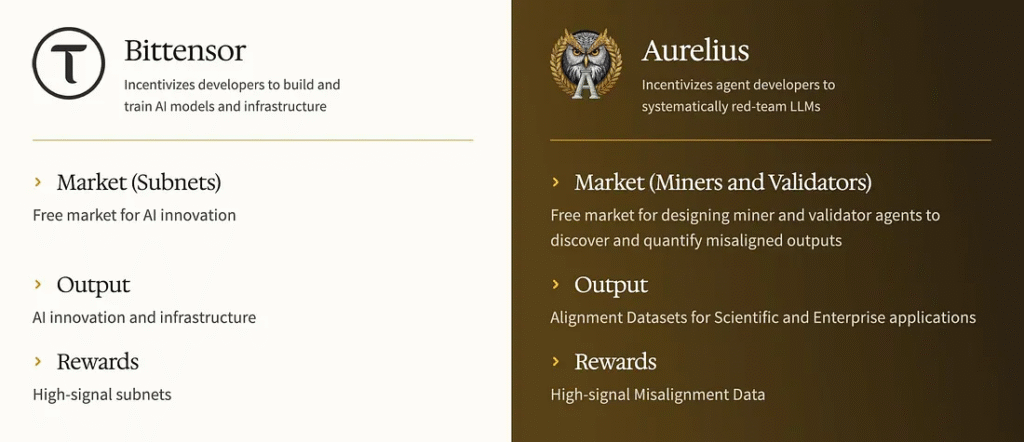
By decentralizing the process on Bittensor, Aurelius ensures that AI alignment is not controlled by a handful of labs but by a collective network of contributors who are rewarded for their participation in the network.
Use Cases of Aurelius
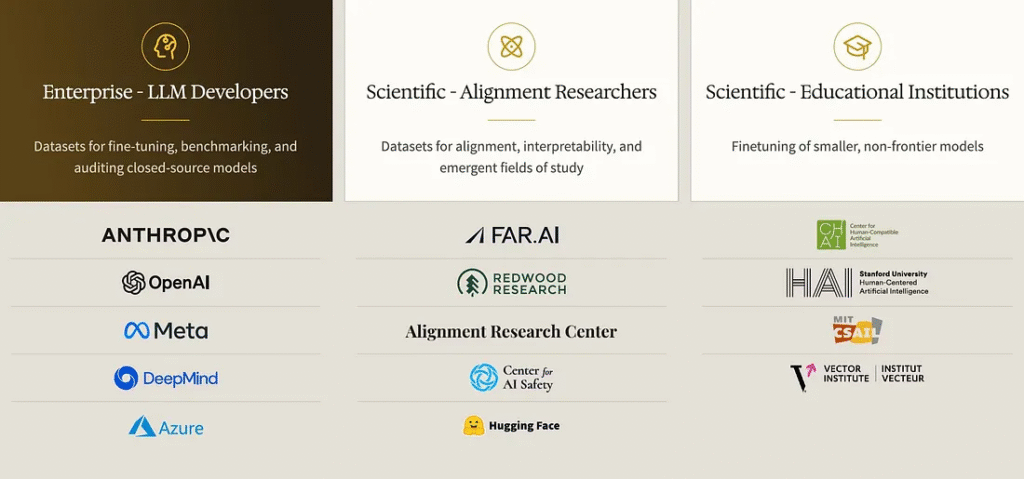
High-quality AI alignment data is rare but essential for building safe, reliable, and trustworthy systems. Aurelius fills this gap, providing clear, structured datasets that empower:
a. Enterprises use it to build safer AI, comply with regulations, and protect their reputations.
b. Researchers gain access to reproducible datasets for interpretability studies and AI safety experiments.
c. AI Developers leverage these datasets for fine-tuning models, ensuring they behave responsibly in real-world applications.
The Roadmap
Aurelius has a clear roadmap for growth and impact:
a. Short-term: Bootstrap Subnet 37, attract miners and validators, and demonstrate that decentralized oversight works.
b. Medium-term: Become the go-to platform for dynamic alignment datasets, supporting enterprises, researchers, and developers.
c. Long-term: Define benchmarks, maintain leaderboards, and set transparent global standards for AI alignment.
All of this happens in public, fostering a participatory ecosystem that grows alongside AI itself.
A Clarion Call
Aurelius is more than a protocol—it’s a community. To establish an ecosystem that truly serves humanity, Aurelius is creating a range of participants:
a. Builders & Bittensor Developers: Helping design and expand the protocol.
b. Miners & Validators: Testing AI models and verifying alignment data.
c. Alignment Researchers: Shaping the evaluation rubric and ensuring scientific rigor.
d. LLM Developers: Leveraging Aurelius datasets to create safer, more reliable models.
By combining decentralized participants with open, verifiable processes, Aurelius creates a living, evolving framework for AI alignment—one that can scale with the growing capabilities of AI systems while keeping them accountable to humanity.
Conclusion
Aurelius transforms AI alignment from a hidden, centralized process into a transparent, collective effort. With Bittensor subnet 37, it provides the tools, data, and ecosystem needed to build safer AI at scale, empowering enterprises, researchers, and developers to work together toward a future where AI serves humanity reliably.
Useful Links
To join, become a contributor, and get real-time information on Aurelius, follow the official sources:
Website: https://aureliusaligned.ai
X (Formerly Twitter): https://x.com/aureliusaligned
Discord: https://discord.gg/fsRZgtTt9B
Docs: https://aureliusaligned.ai/docs/miners
GitHub: https://github.com/Aurelius-Protocol/
Team Email: aurelius.subnet@gmail.com

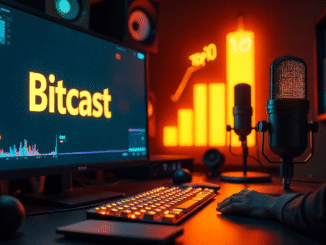
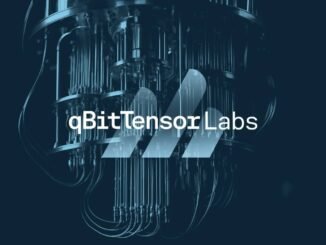

Be the first to comment